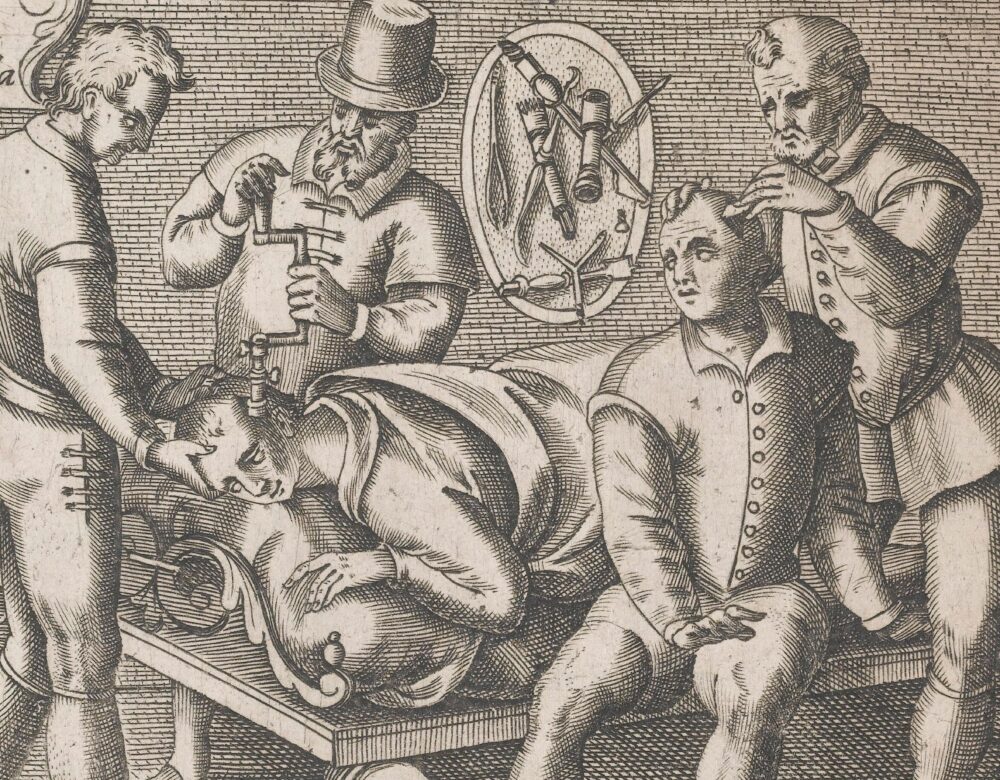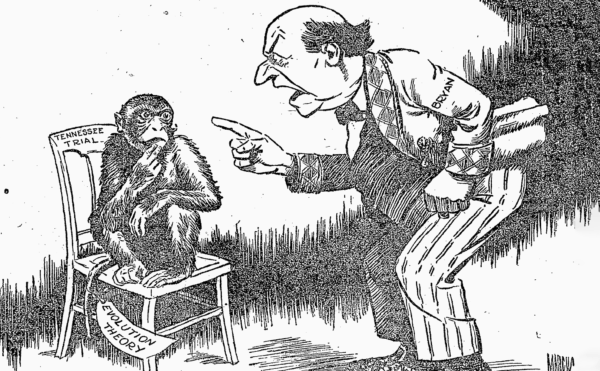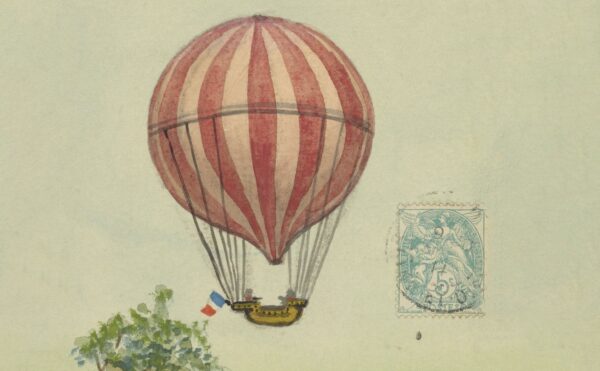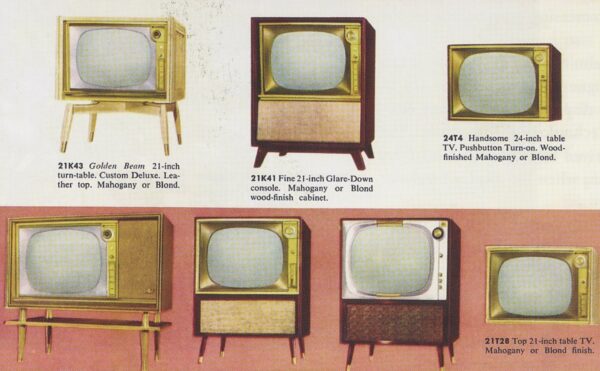Archaeologists around the world have long unearthed skulls with holes in them. But they were usually dismissed as natural accidents—the result of infections, birth defects, or animal bites. But in 1864 an archaeologist named Ephraim George Squier found a skull in Cuzco, Peru, with a hole that was clearly not natural—it was square-shaped. The hole also showed signs of new bone growth around its edge, which meant the person couldn’t have been dead when the hole was cut. This skull was the first unquestionable evidence of something that scientists had long dismissed as impossible—ancient neurosurgery.
Credits
Host: Sam Kean
Senior Producer: Mariel Carr
Producer: Rigoberto Hernandez
Audio Engineer: Jonathan Pfeffer
Music:
- “Trois Gnossiennes 3,” “Stately Shadows,” “Darklit Carpet,” “Vernouillet,” and “Tossed” by Blue Dot Sessions
- “Conjunto Sol del Peru,” by Pockra (Vol. 2: Musica de los Andes Peruanos)
- “Conjunto Sol del Peru,” by Wuaylias Tusy (Vol. 2: Musica de los Andes Peruanos)
- “Conjunto Sol del Peru,” by Ckashampa (Vol. 2: Musica de los Andes Peruanos)
Image: Wellcome Collection
Transcript
Sam Kean: The story sounded like a fable. A man wandering in the wilderness. A mysterious palace with a beautiful woman inside. A head stolen from a grave.
The year was 1864, and Ephraim George Squier was one year into an archaeological journey across Peru. Evidence of his trek clung to his body: skin tattooed with mud, armpits ripe from the humidity, clothes so soiled their original color was obscured. But the 42-year-old American was hell-bent on finding something that would make him a legend among archaeologists.
He finally emerged from the jungle and entered the city of Cuzco. Now, what lured Squier to Cuzco is still a mystery today—an invitation, a tip, instinct? But after months in the wilderness, the city must have seemed otherworldly to him. Squier later compared the palace he was seeking to the decadent houses on the Grand Canal in Venice.
The palace belonged to Señora Zentino, a local socialite. She decorated her home opulently with huge mirrors and handsome furniture and a grand piano. She also collected ancient Incan artifacts. There’s no exact record of them, but you can imagine the pottery and weapons and precious jewelry adorning every surface.
Señora Zentino probably greeted Squier that day in the full formal dresses of the time—a stark contrast to his muddy attire. But neither Squier nor Señora Zentino were thinking about clothes much. Instead, they were focused on the skull she held in her hands.
It had been dug up from an ancient Incan grave. In a real fable, a skull like this would have been cursed. Squier nevertheless rushed forward to take it, turning it this way and that like a diamond in the sunlight.
And at some point his fingers would have found their way to the skull’s defining feature—the thing that made it one of the most important artifacts ever unearthed in South America. A square-shaped hole on its upper left side.
For decades by that point, archaeologists across the world had been unearthing skulls with holes in them. But most archaeologists dismissed these holes as natural accidents—the result of infections, or birth defects, or animal bites. Other archaeologists argued that ancient tribes had mutilated the skulls in sacred rituals after people died, perhaps to make drinking vessels or amulets.
But the hole in this skull was clearly not natural. No infection or animal bite would leave a square hole. What’s more, Squier thought he could see signs of new bone growth around the hole’s rim. Which meant the person couldn’t have been dead when the hole was cut.
In a flash, Squier realized what he was holding. It was the first unquestionable evidence of something that scientists had long dismissed as impossible—ancient neurosurgery.
From the Science History Institute this is Sam Kean and the Disappearing Spoon—a topsy-turvy science-y history podcast. Where footnotes become the real story.
The funny thing is, Ephraim Squier hadn’t originally come to Peru to find evidence of ancient neurosurgery. He’d come to discuss bird poop.
In the 1800s, farmers used animal poop as fertilizer on crops. And the best fertilizers on earth came from islands off of South America, where mountains of bird guano had piled up over the centuries. Guano was in fact so important as fertilizer that Chile, Bolivia, and Peru actually went to war over deposits of bird poop at one point.
The United States imported thousands of tons of guano every year. And with the outbreak of the Civil War in 1861, securing fertilizer for food became a strategic necessity for President Abraham Lincoln.
So in 1863, right in the thick of the war, Lincoln had to put aside battle plans and slavery and address the guano gap. He eventually dispatched a delegation to Peru to secure supplies. This delegation included Squier, who worked as a diplomat as his day job.
Squier spent six months negotiating and making sure the bird poop kept flowing freely to America. Then, the negotiations complete, Squier sent his wife Miriam home to New York and set out to indulge his real passion—the Incan artifacts and vine-choked ruins of Peru.
Over the next 18 months his travels took him everywhere from the ocean coast to the peaks of the Andes. He saw mountain fortresses, Stonehenge-like temples, and statues and artifacts of every description.
The trip culminated with the skull in Señora Zentino’s palace, when he realized he was holding evidence of ancient neurosurgery. More specifically, the skull’s square-shaped hole was evidence of an operation called a trepanation.
Trepanation involved sawing a hole in a skull to either relieve internal pressure, or to remove broken fragments of bone. European doctors had been trepanning skulls as far back as ancient Greece.
But for most of Western history, trepanation was dismissed as a desperate, even barbaric practice. <SAWING> Medieval doctors suggested plugging patients’ ears with lint, so they couldn’t hear the sound of their own heads being sawed open. <MUFFLEDSCREAM> Worse, few patients survived trepanations, and most surgeons had abandoned the practice by 1700.
So Squier’s claim that the ancient Incans had practiced trepanation sounded pretty crazy. If not even the best modern surgeons could pull off trepanations, how could ancient people without anesthesia or metal tools? It seemed preposterous.
Squier was stubborn, though. And he soon appealed his case to the highest scientific authority around—a French neurologist named Paul Broca.
In 1861 Broca had achieved worldwide fame for discovering the first-known language spot in the human brain, now called Broca’s area. Broca also loved archeology, and in 1867 he jumped at Squier’s offer to examine the Incan skull.
After studying it, Broca’s conclusions were unequivocal. He declared…that Squier was correct. The square shape of the hole, he decided, meant it had to be deliberate, not natural.
On a microscopic level, Broca also found evidence for the growth of new bone around the rim of the hole. In other words, a sort of scar. As Squier had suspected, the patient had not only endured the operation, but survived it!
It was a mind-boggling idea. And unlike Squier, Broca was too eminent a scientist to ignore. Other archaeologists now had to take the idea of ancient neurosurgery seriously. In fact, with their eyes suddenly open, they began combing through their own collections and finding more trepanned skulls—some of which dated back to 8000 B.C.
Most such holes were small and circular. But some gaped as wide as five inches across. Think about missing five full inches of your skull! And many of the holes had rims completely smoothed over by new bone growth.
Skulls with multiple trepanation holes also turned up. One Incan fellow had seven separate holes in his head, all healed. Another fellow had his skull hole repaired with gold. It seemed that not only had neurosurgery existed in ancient times, it was fairly common. In fact, this neurosurgery is probably the oldest surgical practice in existence.
We now know that different cultures around the world used different tools to cut into skulls—sharp stones, animal bones, white-hot irons, even shark teeth. And the practice was widespread—in Peru, France, Kenya, New Guinea, everywhere.
Now, the details of how they performed the trepanations differed from place to place. And in some cases, they happened so long ago that we don’t know the details.
But if you’d like to hear an imagined recreation of how a typical trepanation might have gone, check out the short bonus episode for this podcast at patreon.com/disappearingspoon. There are also plenty of pictures there of trepanned skulls—and they’re pretty wild. That’s pateron.com/disappearingspoon.
But even without knowing the exact details, we can say some things about ancient trepanations. For instance, that ancient doctors were pretty good about preventing infections. In one modern study of 66 ancient trepanned skulls, just three showed any signs of infection.
In fact, traditional surgeons like the doctor often did a better job than surgeons in industrialized countries. In one survey from London in the 1870s, 75 percent of neurosurgical patients died, mostly due to infections. In New Guinea at that same time, surgeons were still trepanning skulls with traditional methods. And there, just 30 percent of patients died—less than half! Which really makes you think. Until fairly recently, so-called advanced medicine really wasn’t much to brag about.
So that’s the how of ancient neurosurgery. The why has always been more controversial.
Paul Broca always argued that ancient doctors trepanned skulls to release evil spirits trapped inside the brain. He claimed this was especially common with epilepsy or hallucinations, maladies often associated with evil spirits.
The only problem with Broca’s theory was that there’s zero evidence for it. Really, it just reflected a common prejudice that ancient or non-industrialized people—including European ancestors—were superstitious half-wits.
But Ephraim Squier and other archaeologists always doubted the spirit theory. They argued that ancient neurosurgeons were doing exactly what it looked they were doing—treating head wounds, mostly from falls and combat.
Modern research supports this idea, especially among the Inca. Far more Incan males than females had trepanation holes—probably because males made up the majority of warriors. Also, holes usually appear on the left side of the skull—exactly where a right-handed opponent would smash an axe down. <CRACK>
Overall, superstitious beliefs might have played a role in early trepanations. But most ancient neurosurgeons probably operated for the same reason that neurosurgeons do today—to save people’s lives in emergencies.
In the end, then, the ideas of the amateur archaeologist Ephraim Squier beat out the ideas of the professional scientist Paul Broca—a satisfying conclusion. Unfortunately, while Broca went on to a glorious career overall, Squier’s career nosedived after his great discovery—as if the skull stolen from the grave really was cursed.
The trouble started when Squier sent his wife Miriam home to New York after the bird guano negotiations. While her husband got to have an adventure in South America, she was stuck at home, alone and resentful.
So, Miriam accepted an editing job at a magazine. Her boss was the publisher Frank Leslie. And before long, the two were inseparable. They insisted they were just friends, but Leslie soon divorced his wife. And even after Ephraim returned home, Leslie moved into the Squier’s residence and started living with him and Miriam.
Obviously, this seemed a little suspicious. Then things got even wilder in 1867 when the trio took a trip together to England.
Squier happened to have some old, outstanding debts in England. And, humiliatingly, the police arrested him the moment he stepped ashore. But it later emerged that an anonymous tipster—probably Leslie himself—had wired ahead to alert Squier’s creditors. And with Squier out of the way in jail, Leslie and Miriam’s affair began in earnest.
In 1873 Miriam publicly accused Squier—truthfully or not—of sleeping with two prostitutes, one named Gypsy and one named Indiana. She finally divorced him, and married Leslie in the summer of 1874—a betrayal that broke Squier’s heart. Just one month later, he had deteriorated so far that a judge temporarily committed him to an insane asylum. Squier later died in Brooklyn in 1888, at age 67. It was a sad, sordid end for one of the great archaeologists of his day.
Still, Squier did accomplish his life’s goal of proving that the Americas had a cultural history every bit as rich as Europe’s or Asia’s. And his trip to Peru—and his willingness to take seriously a funny-looking hole in an old skull—revolutionized our understanding of ancient medicine, showing the world that, sometimes, a hole in the head can be a sign of sophistication.
This is the Disappearing Spoon podcast, brought to you by the Science History Institute. Find out more about their library, museum, and multimedia magazine at sciencehistory.org.
Make sure you check out the Science History Institute’s other awesome podcast, Distillations. You can find their in-depth narrative stories and interviews about everything from Space Junk to Sex, Drugs, and Migraines anywhere you get your podcasts, and on their website: Distillations.org.
You can find more incredible stories from my books at samkean.com. You can also book me as a speaker at your school or event.
If you like this podcast, please support it at patreon.com/disappearingspoon. It costs as little as seven cents per day. You can also get bonus episodes and signed books.
Please spread the word to others as well, and subscribe in iTunes, Stitcher, or other places.
This episode was written by me–Sam Kean. It was mixed by Jonathan Pfeffer, and produced by Mariel Carr and Rigoberto Hernandez.
Thanks for listening…




